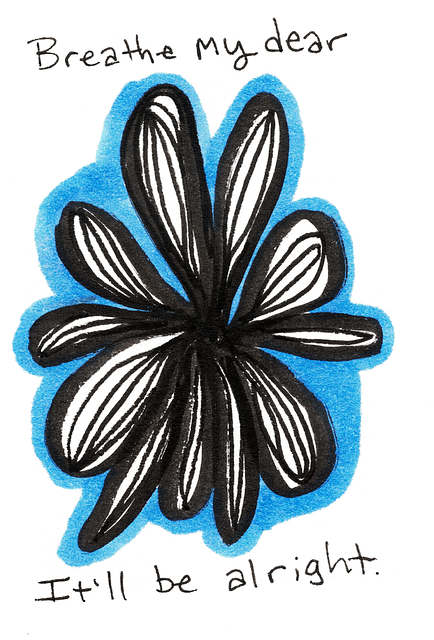The success of the "Castle Rock Autism Spectrum Disorder Therapy" podcast series relies on a meticulous pre-production process, including setting clear goals, engaging experts, and tailoring content for parents, adults with ASD, and professionals. The podcast should offer evidence-based strategies, stress reduction techniques, and personal stories to educate, empower, and create a supportive community for mental wellness within Castle Rock, addressing autism spectrum challenges effectively.
“Unleashing the Power of Mental Wellness: Producing the Castle Rock Autism Spectrum Disorder Therapy Podcast Series”
In today’s digital age, podcasts offer a captivating medium for sharing knowledge and fostering community. This article guides you through the comprehensive process of creating an engaging podcast series focused on autism spectrum disorder therapy in Castle Rock. From planning to distribution, discover essential strategies: identify your target audience, craft compelling content, master recording techniques, and implement effective promotion strategies. Elevate your podcast’s impact and make a meaningful difference in the lives of those navigating ASD.
- Planning and Pre-Production for Castle Rock Autism Spectrum Disorder Therapy Podcast Series
- – Identifying target audience
- – Defining the podcast's purpose and goals
Planning and Pre-Production for Castle Rock Autism Spectrum Disorder Therapy Podcast Series

Before starting the Castle Rock Autism Spectrum Disorder Therapy podcast series, a meticulous planning and pre-production phase is essential to set the stage for success. This involves defining clear goals and objectives, identifying key topics relevant to the autism spectrum community, and understanding the target audience’s needs and preferences. Engaging with experts in the field, such as therapists, educators, and individuals on the spectrum, ensures content accuracy and offers valuable insights into practical coping skills development and communication strategies.
Pre-production also includes crafting an engaging narrative structure, determining the format and style of each episode, and selecting appropriate recording locations or virtual settings. Additionally, establishing a robust content calendar, defining metrics for success, and preparing marketing materials are crucial steps to attract and retain listeners. Incorporating Stress Reduction Methods as part of the podcast’s narrative can further enhance its appeal and relevance to the audience.
– Identifying target audience

Identifying your target audience is a crucial step in creating a successful mental wellness podcast series. For a show focused on Castle Rock Autism Spectrum Disorder Therapy, understanding who might be interested or affected by this topic is key. Consider the demographics and specific needs of individuals within the community, such as parents of autistic children, adults navigating autism, and professionals in related fields like therapy and education. By catering content to these audiences, you can foster a sense of belonging and provide valuable resources for stress reduction methods tailored to their unique challenges.
Additionally, incorporating strategies for mental illness stigma reduction efforts and empathy building can significantly enhance the podcast’s impact. Engaging with guests who share personal stories and expert insights on autism spectrum disorder (ASD) will not only educate listeners but also contribute to important conversations that break down stigma. These discussions can create a supportive environment where individuals feel understood, encouraged, and empowered to seek or provide support for ASD-related issues, ultimately improving mental wellness outcomes in the Castle Rock community and beyond.
– Defining the podcast's purpose and goals

In defining the purpose and goals for a mental wellness podcast series, it’s essential to create a focused narrative that resonates with the target audience. For instance, “Castle Rock Autism Spectrum Disorder Therapy” could set a clear direction by highlighting specific challenges faced by individuals on the autism spectrum and offering evidence-based strategies for therapy and support. The podcast can aim to educate listeners about various aspects of mental health, promote early intervention techniques, and foster public awareness campaigns development around neurodiversity.
Each episode should have defined objectives such as improving mood management skills, preventing depression, and providing practical tools for coping with daily stressors. By addressing these concerns, the podcast series can contribute significantly to the broader conversation around mental wellness, ensuring that valuable insights are accessible to a wide range of listeners, including those who may be silently struggling or seeking guidance on specific topics related to autism spectrum disorders.
Producing a mental wellness podcast series, like the Castle Rock Autism Spectrum Disorder Therapy podcast, requires meticulous planning and understanding of your target audience. By clearly defining the podcast’s purpose and goals, you can create content that resonates with listeners seeking support and education related to autism spectrum disorder therapy. This structured approach ensures your podcast stands out in a competitive landscape while providing valuable insights for those navigating this unique journey.













